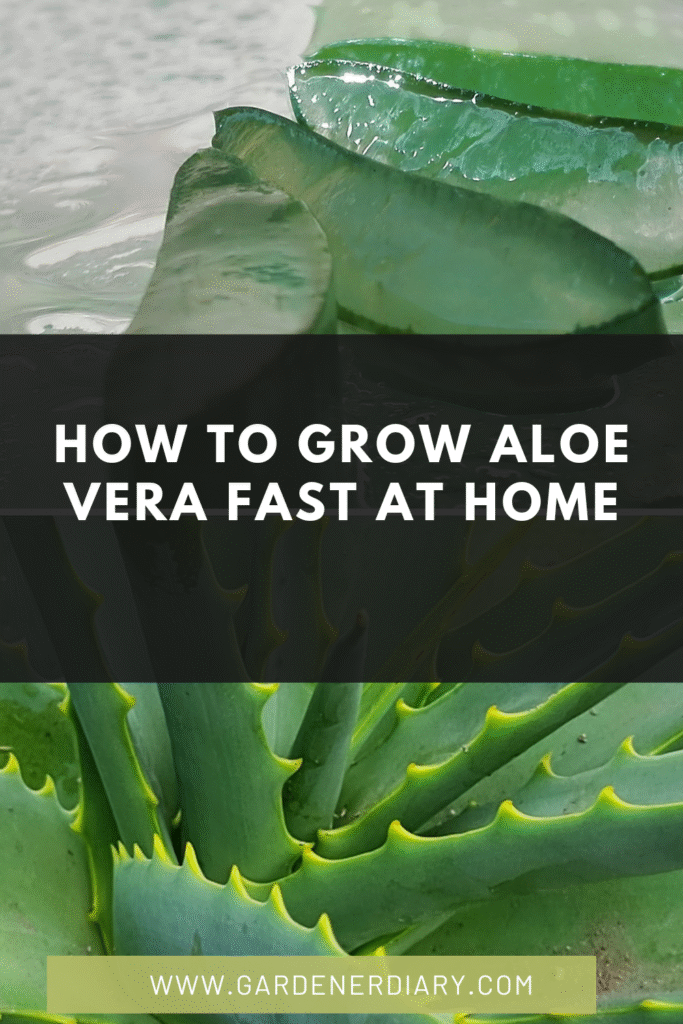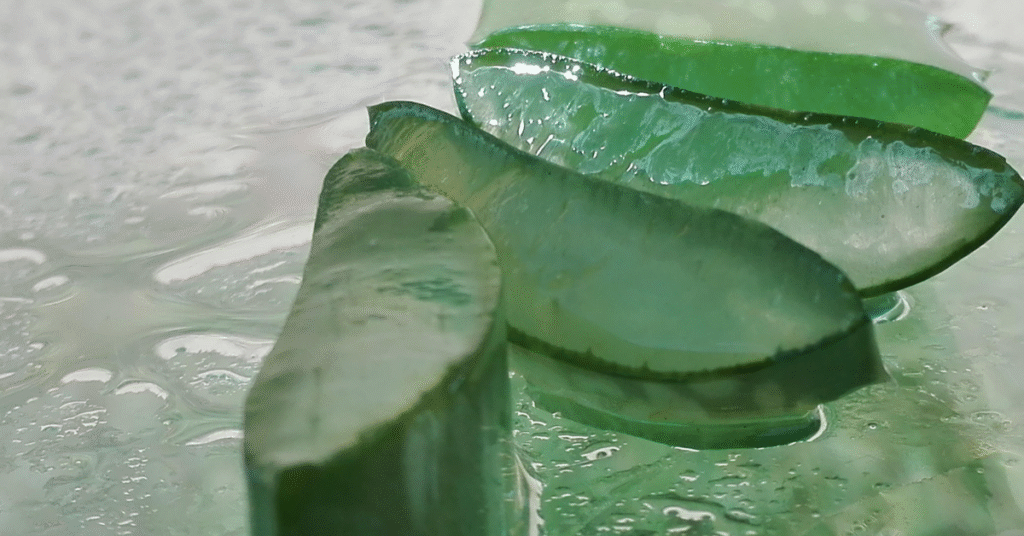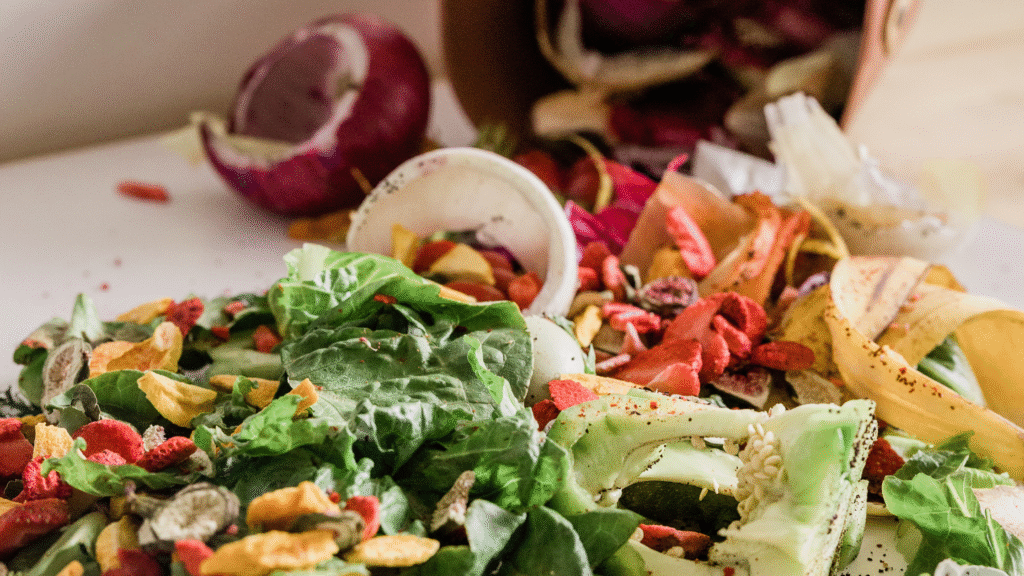Key Takeaway
- Place in bright, indirect sunlight
- Use well-draining cactus soil mix
- Water only when soil is completely dry
- Keep in warm temperatures (18–27°C)
- Fertilize monthly with diluted succulent fertilizer
- Choose a pot with drainage holes
- Remove pups (baby plants) for faster parent growth
How to Grow Aloe Vera Fast at Home: The Ultimate Guide to a Thriving Plant
The Aloe Vera plant is a must-have for any home gardener. Beyond its striking, sculptural appearance, this succulent is a powerhouse of natural healing properties. From soothing sunburns to moisturizing skin, the gel from its leaves is a go-to remedy. But what if your aloe plant seems stuck in slow motion, refusing to grow new leaves or produce those coveted pups?
While aloe vera is famous for being easy to care for, getting it to grow fast at home requires more than just forgetting about it. This comprehensive guide will reveal the essential secrets to creating the perfect environment for your aloe to flourish, multiply, and provide you with a bountiful supply of fresh gel. We’ll cover everything from the right light and soil to the perfect watering schedule and the art of propagation.
The Foundation: Understanding Aloe Vera’s Basic Needs
Before we dive into the tips for rapid growth, it’s important to understand the fundamental needs of an aloe vera plant. As a succulent native to arid climates, its care is different from that of a typical leafy houseplant. The primary goal is to replicate its natural environment as closely as possible. The University of New Hampshire Extension provides an excellent overview of growing aloe vera at home, emphasizing the importance of these basic needs.
- Light: Bright, indirect light is key.
- Water: Infrequent, but deep watering.
- Soil: Fast-draining soil to prevent root rot.
- Temperature: Warm, consistent temperatures, preferably between 13°C and 27°C (55-80°F).
By mastering these basics, you lay the groundwork for a plant that doesn’t just survive, but truly thrives.
Essential Factors for Rapid Aloe Vera Growth
If you want to speed up your aloe vera’s growth, you need to go beyond the basics. These are the specific strategies that will make your plant grow bigger and faster.
1. Optimize Your Light Conditions (This is Non-Negotiable)
Aloe vera’s growth rate is directly tied to the amount of light it receives. While it can survive in low light, it will not grow. For rapid growth, your plant needs bright, indirect sunlight.
- Indoor Placement: A south-facing window is often the best spot, as it provides the most light throughout the day. Place the plant a few feet away from the window or use a sheer curtain to diffuse the light, preventing leaf burn.
- Signs of Good Light: Healthy, firm, green leaves with a slightly upward growth habit.
- Signs of Too Much Sun: Leaves turning yellow, brown, or red, indicating sunburn. Move the plant to a less intense spot.
- Signs of Too Little Light: Slow growth, pale green leaves, and a long, leggy appearance as the plant stretches for light.
2. Use the Right Pot and Potting Mix
The container and what’s inside it are paramount to aloe vera’s health.
- Pot Material: Choose a terracotta or clay pot. These porous materials allow the soil to breathe and excess moisture to evaporate through the sides, which is perfect for succulents.
- Drainage Holes: This is a must. A pot without drainage is a death sentence for an aloe vera plant.
- Potting Mix: Never use standard potting soil. It retains too much moisture and will cause root rot. Instead, use a specialized succulent or cactus potting mix, which is formulated to be fast-draining. You can also make your own by mixing regular potting soil with sand, perlite, and/or pumice.
3. Master the “Soak and Dry” Watering Method
Overwatering is the single most common cause of aloe vera death. To encourage fast growth, you need to water correctly, which means watering deeply but infrequently.
- How to Water: Water your plant thoroughly until water flows out of the drainage holes. This ensures the entire root system gets a good drink.
- When to Water: Allow the soil to dry out completely before watering again. Stick your finger a few inches into the soil. If it feels dry, it’s time to water. If it’s still damp, wait a few more days.
- Frequency: In warmer seasons (spring and summer), this might be every 2-3 weeks. In winter, when growth slows, it could be as little as once a month. This is a critical factor in understanding how to grow aloe vera in water (or rather, how not to) and in a pot.
4. Fertilize for a Growth Boost
While not strictly necessary for survival, fertilizing can significantly accelerate growth, especially during the active growing season.
- Timing: Fertilize only during the spring and summer months. Never fertilize in the winter when the plant is dormant.
- Fertilizer Type: Use a balanced liquid fertilizer (e.g., 10-10-10 or 20-20-20) diluted to half strength.
- Frequency: Apply once a month during the growing season. Over-fertilizing can harm the plant.
5. Repot When It’s Time
A happy, fast-growing aloe vera plant will eventually outgrow its pot. Repotting is a critical step for continued growth.
- When to Repot: Repot your aloe vera when its roots become root-bound (filling the entire pot) or when it’s producing multiple pups that are crowding the main plant.
- How to Repot: Choose a pot that is only one or two inches larger in diameter than the old one. This gives the roots room to grow but prevents the soil from staying too wet. Gently remove the plant, clean off old soil, and place it in the new pot with fresh succulent potting mix.
The Secret to Fast Multiplication: Propagating Pups
If your goal is to have “more” aloe vera fast, the fastest and most reliable method is through propagating its pups, or offshoots. The ability of a plant to generate new individuals is a key part of its survival and is a subject of scientific research, as seen in this publication on plant biology.
- What are Pups? These are small, miniature aloe vera plants that grow at the base of the mother plant.
- When to Separate: Wait until the pup is at least 3-4 inches tall and has a few of its own leaves and, ideally, its own root system.
- How to Separate: Gently dig around the base of the pup and use a clean, sharp knife or garden scissors to carefully cut it away from the mother plant. For this, it’s always good to have the best gardening tools on hand.
- Planting the Pup: Let the cut end of the pup dry and callus over for a day or two. Then, plant it in a small pot with fresh succulent potting mix. Water lightly and place it in a bright spot. This method is the most effective for creating a new plant with its own roots, but you can also explore how to grow aloe vera from a leaf or even how to grow aloe vera from seed, though those methods are more difficult and time-consuming. Learning how to grow aloe vera from a cutting or without roots is a core part of this.
Troubleshooting: Why Your Aloe Vera Isn’t Growing Fast
If you’ve followed the steps above and your plant is still not flourishing, it might be experiencing one of these common issues. The plant’s response to stress is a critical factor in its growth rate, as studied in publications on plant physiology.
- Problem: Mushy, drooping, or yellowing leaves at the base.
Cause: Overwatering and root rot. The soil is staying too wet. Solution: Stop watering immediately. Allow the soil to dry out completely. If the problem persists, repot the plant in fresh, dry soil, and trim off any rotted, black roots.
- Problem: Brown or crispy leaves at the tips.
Cause: Too much direct sunlight. The plant is getting sunburned. Solution: Move the plant to a spot with bright, indirect light. The burned parts won’t heal, but new growth will be healthy.
- Problem: Leaves are thin, curled, and shriveled.
Cause: Underwatering. The plant is dehydrated. Solution: Give the plant a thorough, deep watering. The leaves should plump up again within a few days.
- Problem: No new growth and plant looks stagnant.
Cause: A combination of low light and lack of nutrients. Solution: Move the plant to a sunnier spot. Start a gentle fertilizing routine during the growing season.
- Problem: White, cottony spots on the leaves.
Cause: Mealybugs, a common succulent pest. Solution: Wipe them off with a cotton swab dipped in rubbing alcohol. For severe infestations, use an insecticidal soap.
Aloe Vera for Health & Happiness: Why It’s Worth the Effort
Investing time in growing your aloe vera plant fast is an investment in your own well-being. The plant’s leaves contain a gel rich in vitamins, enzymes, and antioxidants, which have a wide range of therapeutic uses for skin, wounds, and more, as noted in this publication on the medicinal uses of aloe vera. Having a healthy, thriving plant at home means you always have a fresh, natural remedy at your fingertips.
Whether you choose to keep your plants indoors or have the space to grow them outside or even on a large scale in a farm, the principles of care remain the same. A well-cared-for plant will reward you with rapid growth and a continuous supply of fresh leaves.
Conclusion: Putting It All Together for a Fast-Growing Aloe Vera
Achieving a fast-growing aloe vera at home isn’t magic—it’s a matter of providing the right environment and paying attention to its needs. The key takeaways are simple: give it lots of bright, indirect light; use well-draining soil and a pot with drainage holes; water deeply but infrequently; and feed it a little during the warmer months. By following these principles, you will be well on your way to cultivating a vibrant, healthy, and rapidly expanding aloe vera plant that will be a source of beauty and utility for years to come. This guide has shown you all you need to know about how to grow aloe vera fast at home.


